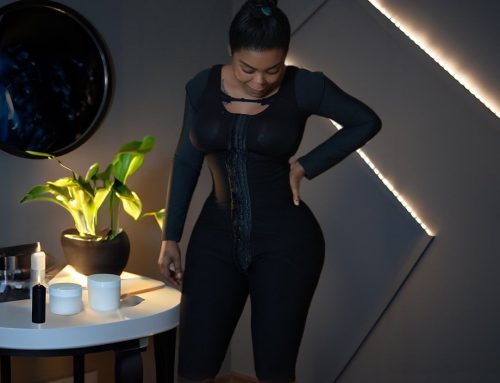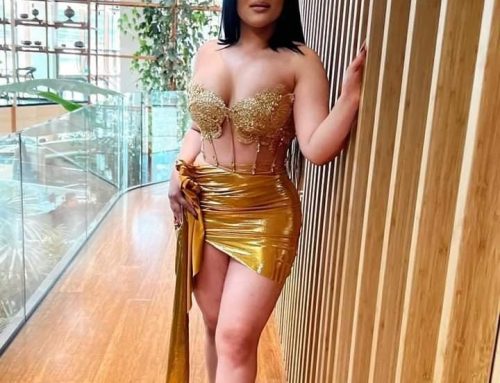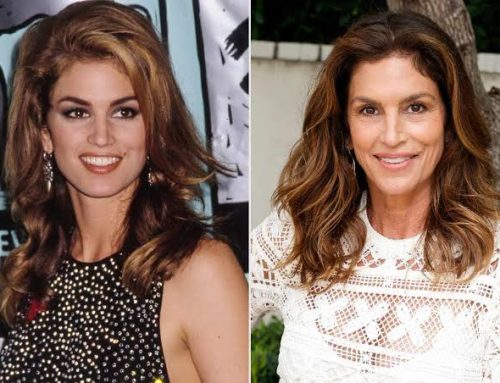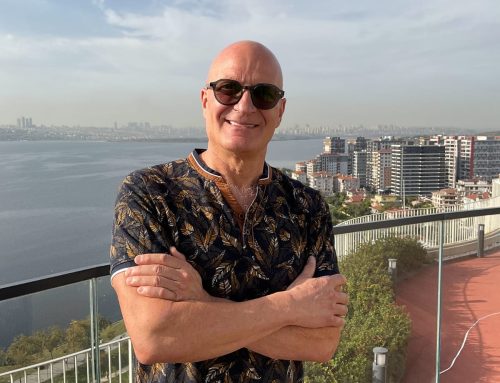Aesthetics look can be an engaging way to express yourself, and discovering your aesthetic couldn’t be simpler. Take a look at your wardrobe to determine which styles resonate most.
Among others, those who wear plaid and ripped jeans typically gravitate toward the grunge aesthetic; alternatively, cottagecore can appeal to nature-lovers and vintage enthusiasts.
Grunge
Grunge aesthetic was established during the 1980s in response to high-gloss styles popular at that time, emphasizing authenticity and individuality over polish and high-gloss styles. Grunge enthusiasts used secondhand clothing in order to avoid mainstream consumer culture by doing this deliberately.
Grunge fashion was defined by plaid flannel shirts and ripped jeans – reflecting its performers and listeners from lower- to middle-class backgrounds. Female rockers such as Courtney Love of Babes in Toyland added touches of ’50s girl fashion and ’70s glam for an appearance that combined rebellion and nostalgia – something mainstream designers even tried on with some initial reservations. This trend eventually became widely adopted even by mainstream designers themselves!
To achieve the grunge look, start with an oversized, striped or pastel-colored t-shirt and layer on a plaid flannel shirt, buttoning it a few times so that some of the t-shirt peeks through at certain points. Next, put on some distressed and baggy jeans, complete with slouchy beanie for extra style (or wear black ballcap or bandana instead), before topping it all off with Doc Martens or combat boots for an authentic finish.
Romantic
No matter the form or medium, aesthetic emotions can evoke strong responses in us. Our responses may range from feeling drawn in by an artwork, landscape, or person whose beauty strikes our senses – to negative and positive responses triggered by it all. Professor Rafael Bisquerra from University of Barcelona describes them as aesthetic emotions; these experiences play a central role in creating our aesthetic look. He states that art–or any object creating beauty–can spark numerous responses in people, both positive and negative–which have their roots in emotional response responses generated from emotional and cognitive responses associated with viewing something beautiful like art work or object of beauty that elicited emotional responses in individuals as part of its aesthetic appearance or its perception by viewers/viewers/viewers/viewer responses associated with emotional or cognitive responses caused by viewing.
One striking thread running through different romantic contributions is their search for what could legitimately be called aesthetic primacy. On this view, romanticism replaced Enlightenment faith in reason with faith in art’s transformative power and the imagination involved with aesthetic experiences through art.
Romantics suggested that aesthetic feeling was uniquely suitable for approximating (but never fully grasping) the Absolute, due to its self-maintaining quality; unlike practical pleasures or sensory pleasures which require external objects for their satisfaction, aesthetic experience was self-sufficient in this respect. Accordingly, aesthetic feelings constituted their own norms that corresponded with artwork they encountered.
80s
The 80s aesthetic is an iconic style characterized by vibrant colors, geometric zig-zag patterns, and pop culture references that has seen an immense revival over the last decade or two. It reflected its time period’s interest in science fiction and technology through clothing styles as well as decor choices; more recently this style has also seen renewed popularity due to its influence in pop culture.
The 1980s was an eclectic and contentious decade that saw the emergence of feminism, punk rock music and an expanded sense of freedom. Political climate was heavily impacted by Iran hostage crisis and economic discontent; MTV became an outlet to express feelings such as discontent. Additionally, hip-hop musicians like Public Enemy were adept at tapping into this discontent by tapping into frustration among young people through hip hop performances that attracted millions.
This era was famous for its colorful accessories and vivid hairstyles. Makeup from this period featured heavy mascara layers and thick eyeliners; lip colors included deep red or pink hues painted over with shimmery gloss for shimmery glossing effect. Furthermore, glam metal became increasingly popular at this time; something which can now be found once more today.
Memphis Design was the hallmark of the 1980s, characterized by vivid colors and geometric forms in striking combinations that challenged modernist rules. People rebelled against this form of modernism with fashion trends like Cyndi Lauper’s oversized leather ensembles or those popularized by Salt-N-Pepa’s attire as examples of rebellious fashion choices in response to it.
Y2K
Y2K design style takes inspiration from early 2000s fashion trends, especially platform boots, oversized tees and silver jewelry that was popular during this decade. Platform boots are staples of this trend which fuses late 80s/early 90s grunge aesthetics with contemporary concepts of design.
This aesthetic is known for its vibrant pastel colors, playful kitsch elements and use of 3D graphics. This style can be used to create symbols, backgrounds or website graphics with retro charm that instantly give any project an additional retro edge.
3D was becoming more common during the Y2K era, and designers made full use of it. They experimented with fonts with more rounded styles that differed from what’s typically found today; curves also proved popular for product ads and animated graphics.
Y2K aesthetic has gained increasing popularity among Generation Z due to bands like Billie Eilish and Olivia Rodrigo incorporating it in music videos, making the trend both fun and nostalgic at the same time. Gen Zers have taken to this trend as they find it fitting with their lifestyles today.
Y2K aesthetic is an exciting and contemporary style that blends early digital DIY optimism with futuristic futurism at the turn of the millennium. It evokes nods to space age with blobby shapes and futuristic curves of Googie architecture, while nodding towards hip-hop style through its embrace of bling – perfect for web designers looking for projects with playful yet youthful atmosphere! This aesthetic makes an excellent way to give projects an irreverent, youthful appeal.
Disclaimer: The content on this blog is intended for general informational purposes only. It is not a substitute for professional medical advice, diagnosis, or treatment. Always consult qualified healthcare providers for personalized advice. Information regarding plastic surgery, dental treatment, hair transplant, and other medical procedures is educational and not a guarantee of results. We do not assume liability for actions taken based on blog content. Medical knowledge evolves; verify information and consult professionals. External links do not imply endorsement. By using this blog, you agree to these terms.










